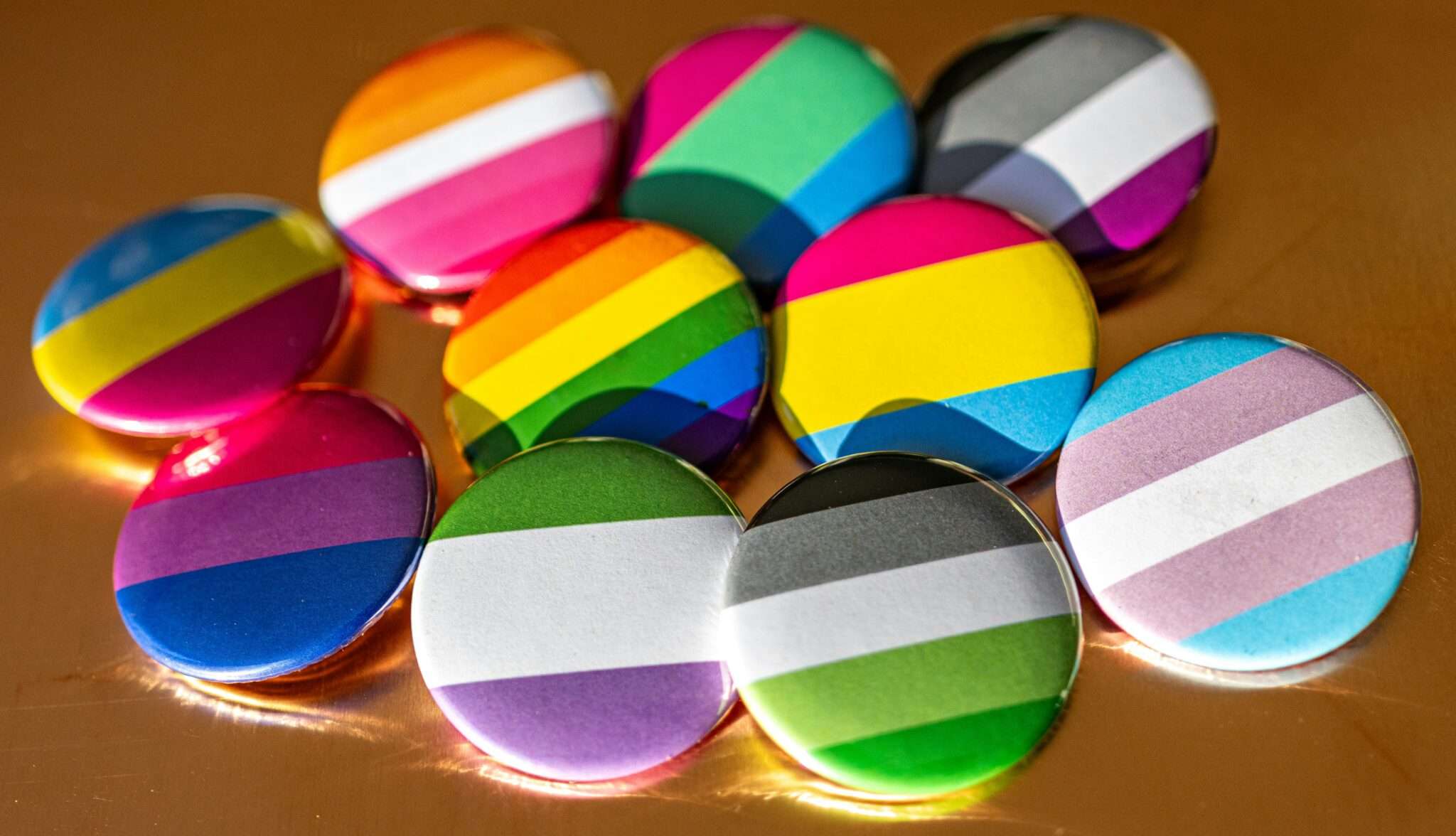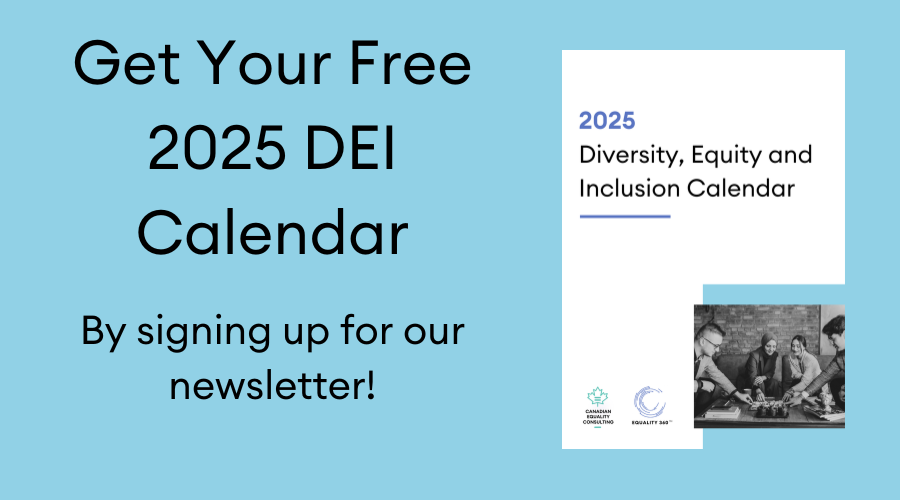
May 17: International Day Against Homophobia, Transphobia, and Biphobia
The International Day Against Homophobia, Biphobia, and Transphobia (IDAHOBIT) is observed every year on May 17, with 2024’s theme being “No one left behind: equality, freedom and justice for all”.
The root of IDAHOBIT is in the province of Quebec, Canada, where, in 2003,Fondation Émergence created “the National Day Against Homophobia”. After widespread campaigning and celebrating, this commemorative date then launched globally in 2004 under the name of “the International Day Against Homophobia.”
In 2009, the title expanded to include transphobia, and then again in 2015 to include biphobia. These changes aimed to acknowledge and honour the complex and unique experiences of people with different sexual orientations and gender identities.
May 17 was selected to reflect the date of May 17 in 1990, which is when the World Health Organization (WHO) declassified homosexuality as a mental disorder. This move was no easy feat, it took many years of advocacy from queer and trans activists.
It was in 1948 that the WHO first classified homosexuality as a mental disorder, in its 6th version International Statistical Classification of Diseases and Related Health Problems (ICD), or IDC-6. Homosexuality was again classified as a mental disorder by the American Psychiatric Association (APA) in 1952, in the first edition of the Diagnostic and Statistical Manual of Mental Disorders. This classification ultimately allowed for the ‘scientific’ justification of the restriction of queer people’s rights, and it meant that gay and lesbian people could be ‘treated’ for their ‘disorder’ (‘treatment’ often occurred in the form of chemical castration, electroconvulsive therapy, and lobotomies).
In 1972 at the annual APA conference, a disguised Dr. John Fryer (Fryer wore a baggy suit, a black curly wig, and a modified mask of Richard M. Nixon while speaking into a voice-distorting microphone and using the pseudonym, Dr. H Anonymous), gave a watershed speech where he urged his associates to change their attitudes toward homosexuality, declaring: “we are taking an even bigger risk … in not living fully our humanity, with all of the lessons it has to teach all the other humans around us.” It was the next year, in 1973, that homosexuality as a mental disorder was removed from the DSM.
Following Dr. Fryer’s brave act and the APA’s decision, anti-discrimination laws were increasingly being enacted. The Canadian Psychiatric Association (CPA) removed homosexuality as a mental disorder in 1982 (though interestingly, the Alberta diagnostic guide to mental-health disorders did not follow suit until 2010). The WHO removed homosexuality from the ICD-10 on the 17th of May 1990. And, in May 2019, the WHO also removed ‘gender identity disorder’ (referring to transgender, non-binary, and other gender-non-conforming folks) from its diagnostic manual.
Now, annually on May 17, many people across the globe (in more than 130 countries, including many where same-sex acts are illegal) partake in IDAHOBIT events, activities, and initiatives that are aimed at combating discrimination and promoting acceptance and equality for the 2SLGBTQIA+ community. These activities include local celebrations and events, fundraisers and donations to organizations serving people in the 2SLGBTQIA+ community, sharing information and resources with others, and more.
As stated by may17org, this day is “a worldwide celebration of sexual and gender diversity.”
What are Homophobia, Biphobia, and Transphobia?
Homophobia refers to the system and ideology that oppresses people who are not heterosexual, while privileging those who are; it involves ‘fear’, dislike, hatred, aversion, exclusion, violence, and harassment of or against queer individuals. Examples of what homophobia looks like include: making fun of a man, boy, or masculine-presenting person for appearing ‘feminine;’ spreading harmful stereotypes and misconceptions about gay, lesbian, and queer people; and, calling homosexuality ‘unnatural,’ ‘disgusting,’ or ‘wrong.’
Biphobia is a specific form of homophobia that targets and discriminates against people who are bisexual, pansexual, and polysexual. Some examples of biphobia would be: telling someone who is bisexual to “pick a side,” “choose one gender,” or otherwise insinuating that bisexuality equates to being picky or indecisive, thereby invalidating that person’s identity; insisting that a bisexual woman is just ‘experimenting’ but will ultimately choose a man for a partner; or, saying that a man who is bisexual is actually gay and just pretending to still like women.
Transphobia is the system and ideology that oppresses people who are transgender, non-binary, Two-Spirit, and other gender-diverse folks. A few examples of transphobia include: denying that a trans person is the gender that they are; claiming that one’s sex-assigned-at-birth dictates one’s gender identity; telling a non-binary person that “there are only two genders;” or even calling trans people ‘pedophiles’ or ‘predators’ – this last example being particularly harmful and egregious.
It is important to remember that, while these forms of discrimination exist widely in modern humanity and have a long history intertwined with colonial ideology, our society can change for the better, and there has been much progress already made. We created this society and its systems and beliefs, which means we can also change, shape them, and dismantle those that are harmful.
Transgender, gay, lesbian, non-binary, bisexual, pansexual, Two-Spirit, intersex, queer, gender-fluid, asexual, and many other people have existed in humanity since time immemorial; many of these folks held honourable and spiritual roles within different Indigenous communities and Peoples across the globe, far before colonialism.
These people will continue to exist within humanity so long as humanity continues to exist – so why not advocate for a better future for all?
Sexual Orientation and Gender Identity
Sexual orientation refers to a person’s sexual and romantic attraction or lack thereof. Some people are attracted to multiple gender identities (this is called polysexuality), others are only attracted to one gender identity (this refers to monosexuality), and some people do not experience any form of sexual or romantic attraction (referring to asexuality). Sexuality is complex and fluid. Monosexual identities include categories such as heterosexual, gay, and lesbian; polysexual identities include bisexual and pansexual; and asexual identities include asexual, aromantic, and demisexual.
Gender identity, which is different than one’s sex or sex-assigned-at-birth, refers to an individual’s internal sense of self, often relating to gender roles within their society. Some common gender identity categories include woman (or feminine), man (or masculine), non-binary, Two-Spirit, genderfluid, agender, and more. Anthropologists have identified gender identity as a category that has existed throughout different human cultures for millennia. Gender looks different in different societies, which means that ‘femininity,’ ‘masculinity,’ and other gender expressions do not manifest the same in every culture, and they differ and change over time.
Due to common misconceptions, it is worth noting that sex and sex-assigned-at-birth are not synonymous with gender identity. In fact, sex includes one’s biological sex traits, meaning characteristics such as reproductive organs, hormones, internal and external genitalia, and brain chemistry. Sex-assigned-at-birth refers to the legal category that is assigned to babies at birth based on their external anatomy; these labels include male, female, and intersex. While these categories were intended to differentiate between various manifestations of sex traits, people’s sex characteristics fall on a spectrum rather than distinctly into just two or three buckets.
The terms cisgender and transgender are used to describe someone’s relationship with both their gender identity and sex-assigned-at-birth. Cisgender refers to folks whose gender identity is in alignment with their sex-assigned-at-birth, an example being a person who is assigned male at birth and identifies as a man. Transgender refers to people whose gender identity is different from their sex-assigned-at-birth, for example, a transgender woman is someone who was assigned male at birth and is a woman. Whether or not a trans person medically transitions does not make them more or less trans, they simply are the gender that they identify as.
Society is responsible for creating, maintaining, and reinforcing gender roles and stereotypes, which people may then perpetuate and embody. When a society is embedded with norms of homophobia, transphobia, and biphobia, queer and gender-non-conforming people do not simply disappear, but rather, they often experience marginalization, discrimination, internalization of the oppressive beliefs, mental illness, as well as harassment and violence.
Where a society is rooted in homophobia, biphobia, and transphobia, it is also intrinsically rooted in the other forms of oppression, specifically those in which anti-queer and anti-trans ideologies draw their origin. This is to say that systems of oppression do not exist alone in a vacuum, rather they mutually shape and reinforce each other. Where there is anti-2SLGBTQIA+ sentiment, there is often racism, sexism, and other oppressive ideologies. We cannot combat systems of oppression as though they exist in silos, instead, we must approach anti-oppression work with an intersectional and anti-racist perspective at the core.
Authentic Allyship
There are innumerable ways for people to practice genuine allyship in support of the 2SLGBTQIA+ community.
For many folks, allyship starts with learning and unlearning. Many people don’t know about the difference between sex and gender, the history of queer and transness within humanity and nature, how anti-2SLGBTQIA+ ideologies were created and dispersed within society, nor about the realities of what queer and trans folks experience in their daily lives. Learning is a crucial beginning point, and knowledge is extremely powerful.
At work, allyship can look like: regularly sharing your pronouns during introductions as well as inviting others to share their pronouns if they are comfortable; starting or supporting the creation of 2SLGBTQIA+ affinity groups or support networks; not assuming everyone is heterosexual and cisgender; using gender neutral language where applicable; and, not tolerating any form of discrimination or harassment, including homophobia, biphobia, and transphobia.
Some tangible examples of allyship that you can practice as an individual and within your community include: attending local celebrations and events; partaking in fundraisers for and giving donations to organizations serving people in the 2SLGBTQIA+ community; buying from queer and trans owned businesses; not remaining idle in the face of discrimination, harassment, and violence; and, learning, listening, and then sharing information about gender and sexual diversity, thereby helping to dispel harmful misconceptions and stereotypes.
Remember, allyship with the 2SLGBTQIA+ community should not exclusively focus on this community, but also on intersectional groups within it. This includes supporting queer and trans People of Colour, Indigenous queer and trans folks and Two-Spirit people, 2SLGBTQIA folks with disabilities, and queer and trans youth.
Reflecting this year’s IDAHOBIT theme, “No one left behind: equality, freedom, and justice for all,” it is crucial to consider and center the needs and experiences of those queer and trans people experiencing the highest degrees of exclusion, discrimination, and harm – this tends to be those folks who are also a part of other historically marginalized communities. As such, intersectionality is the core of “justice for all.”
Resources and References
- may17org
- It Gets Better Canada – IDAHOBIT 2022
- NBC News – ‘I am a homosexual. I am a psychiatrist’: How Dr. Anonymous changed history
- CBC News – Homosexuality Pulled From Alberta Disorders Guide
- HRW – New Health Guidelines Propel Transgender Rights
If you or someone you know needs help, access local resources in Canada here: https://itgetsbettercanada.org/get-help/

